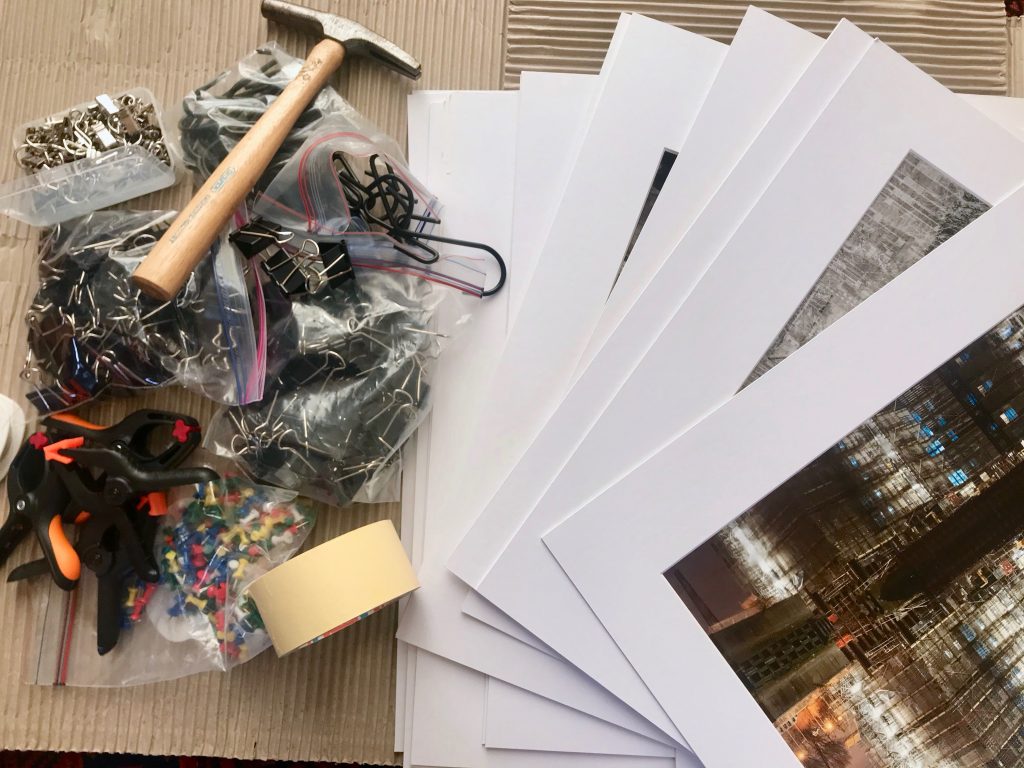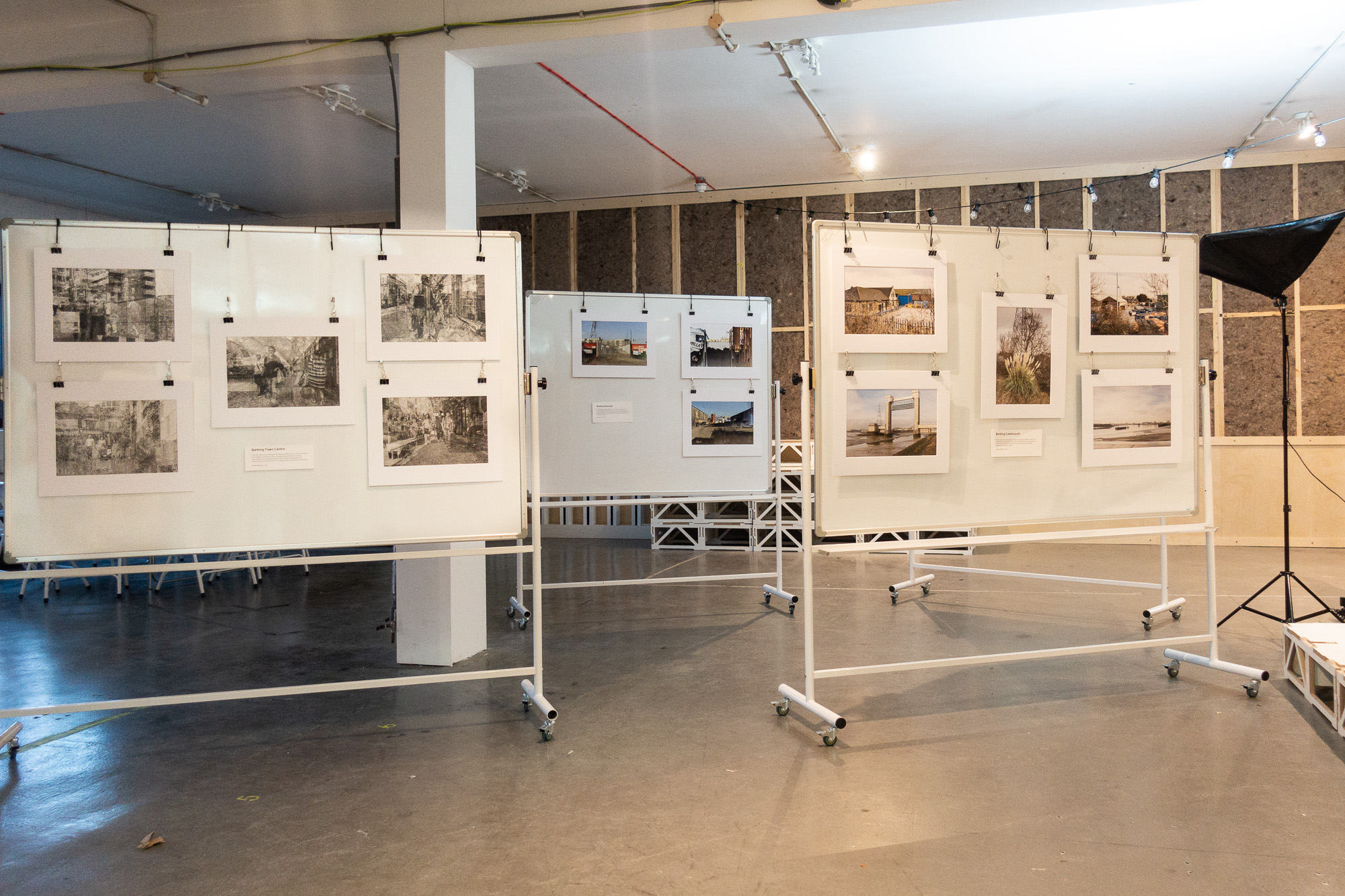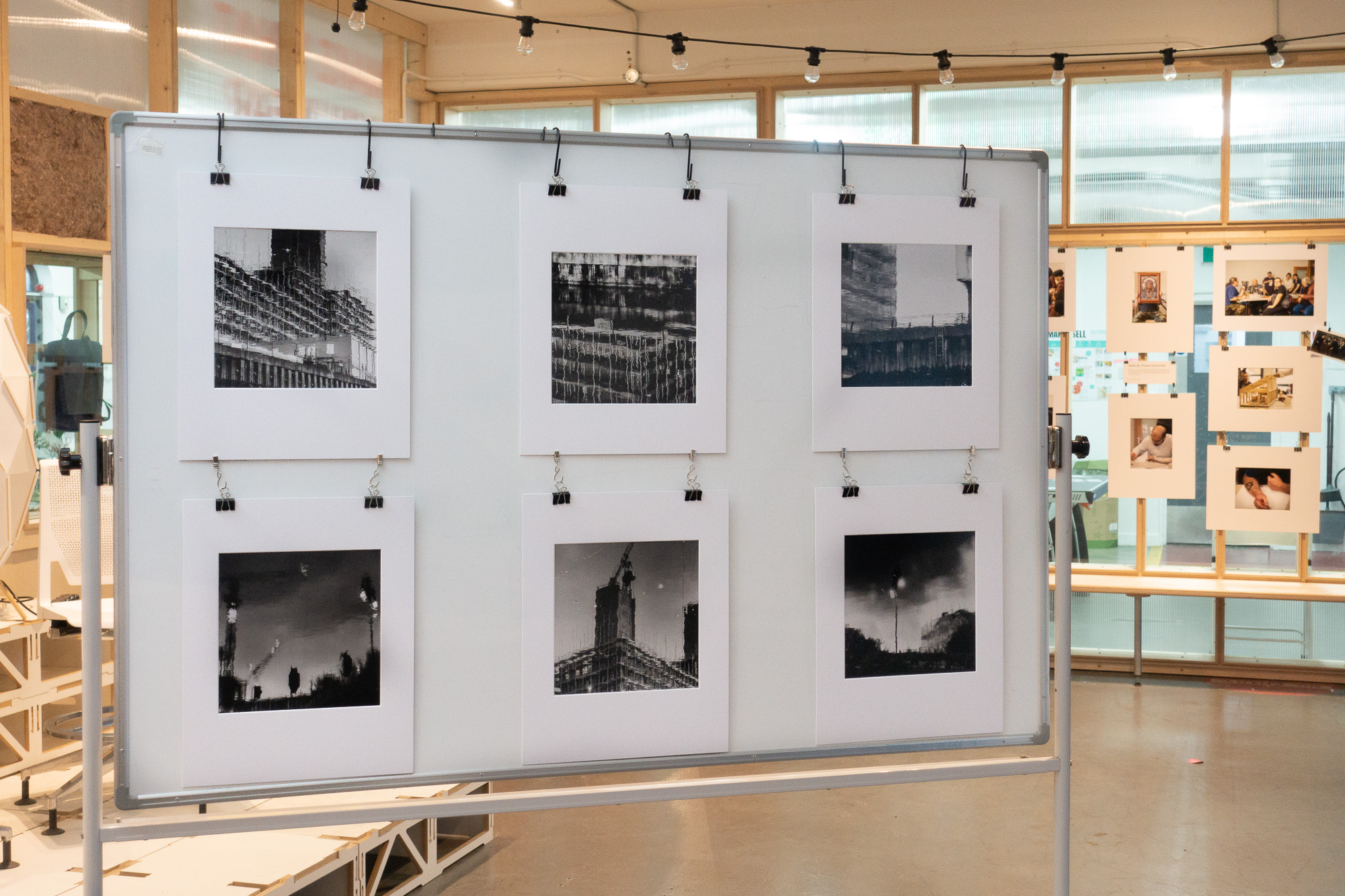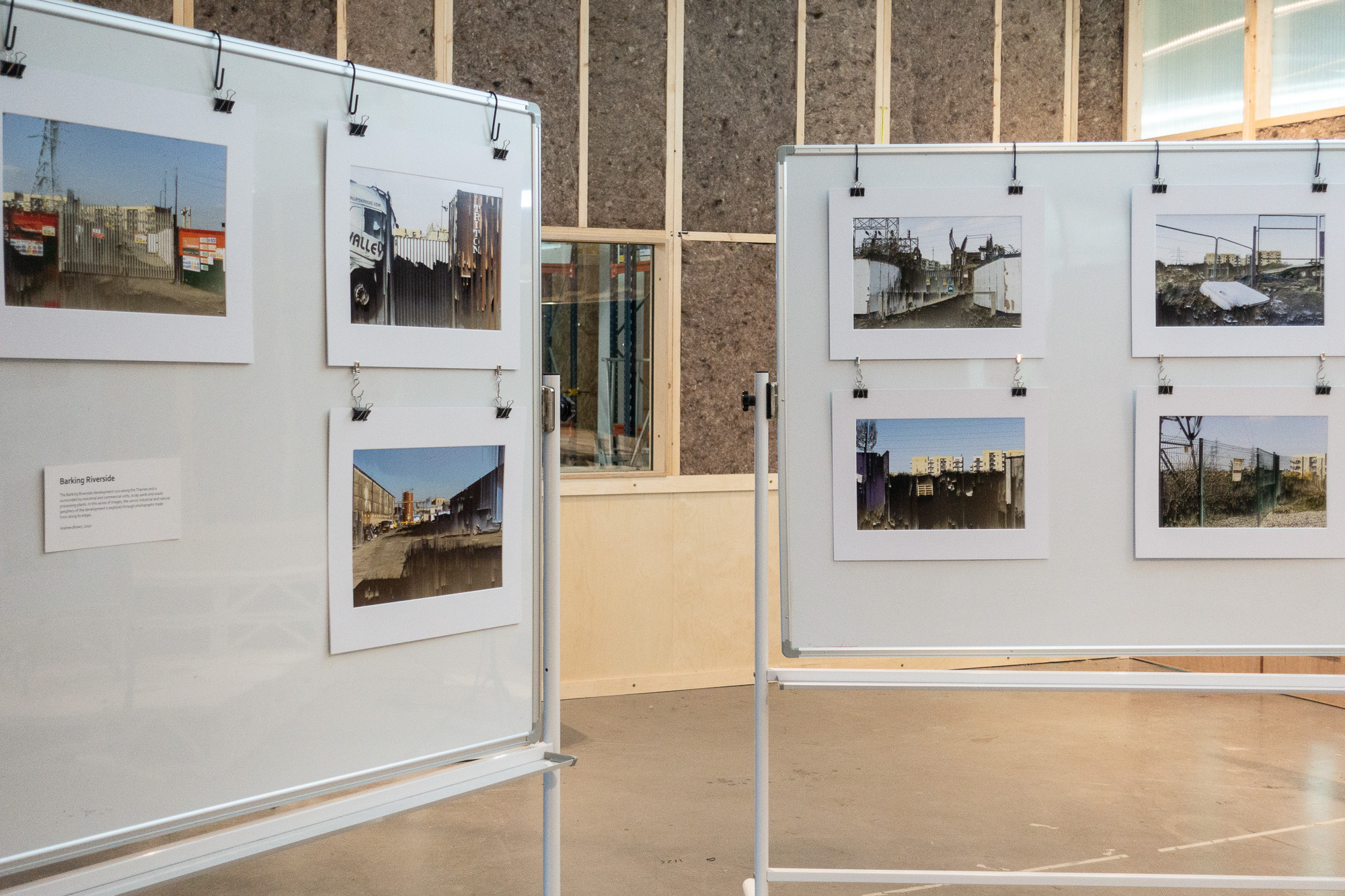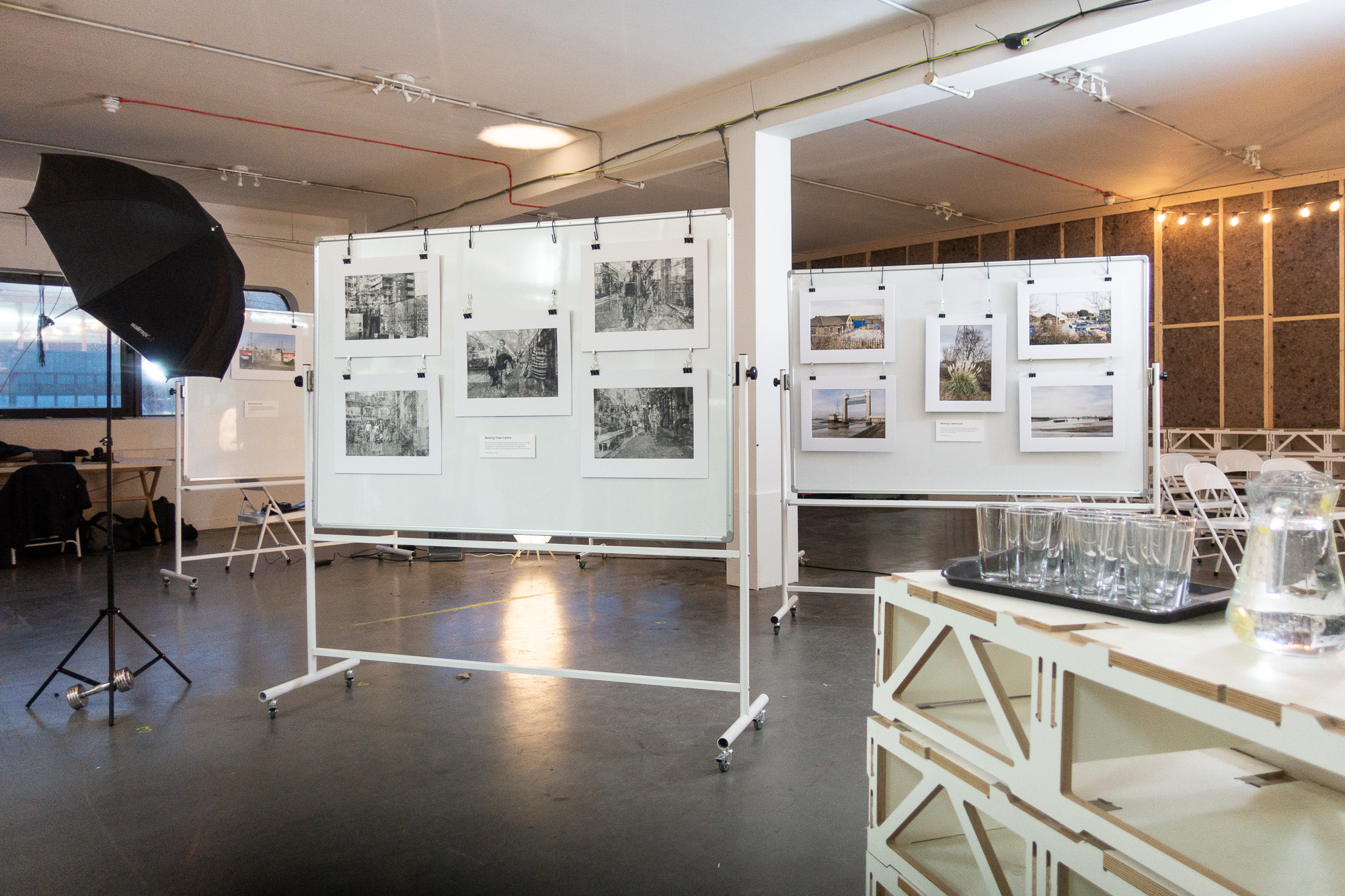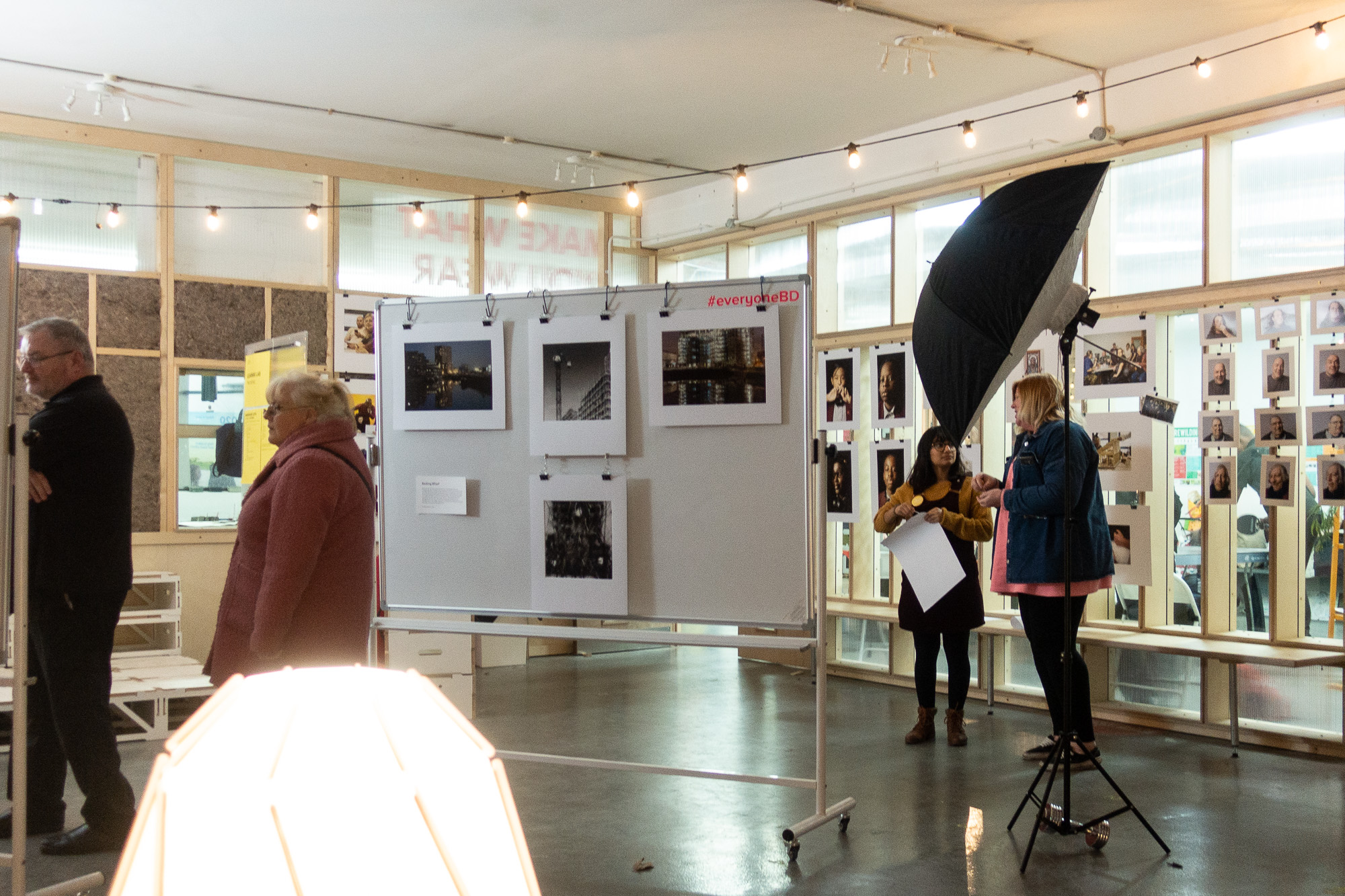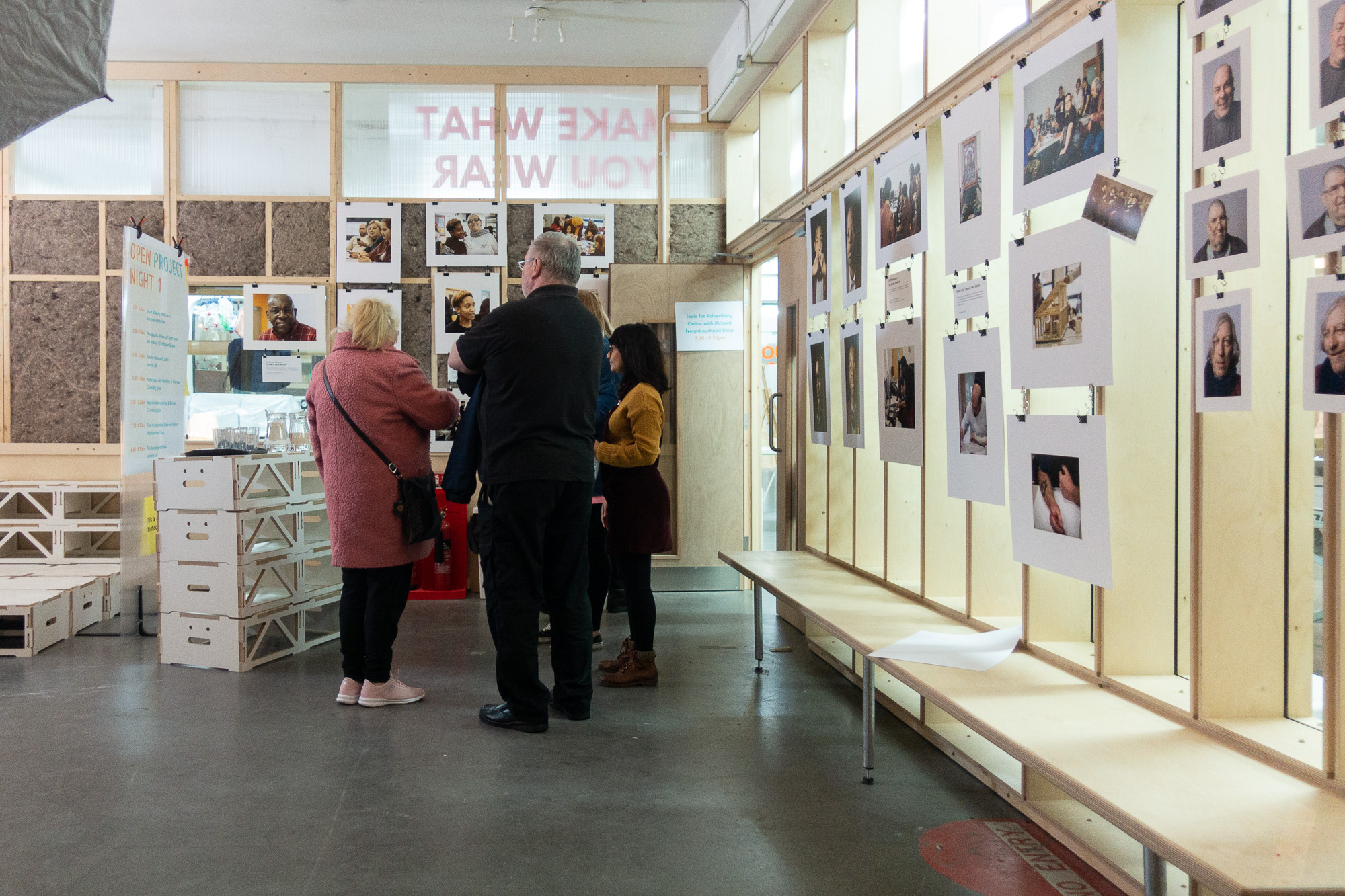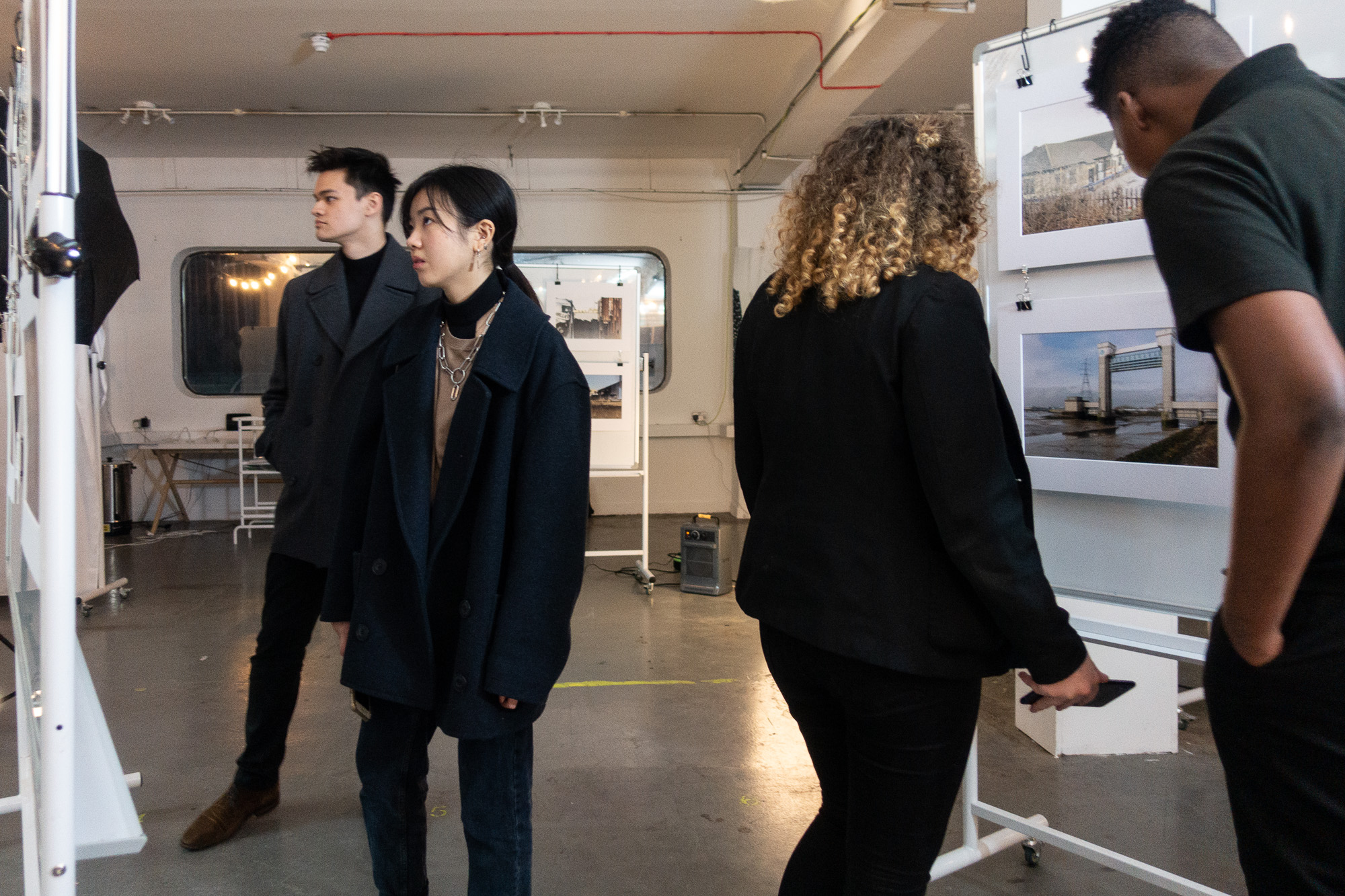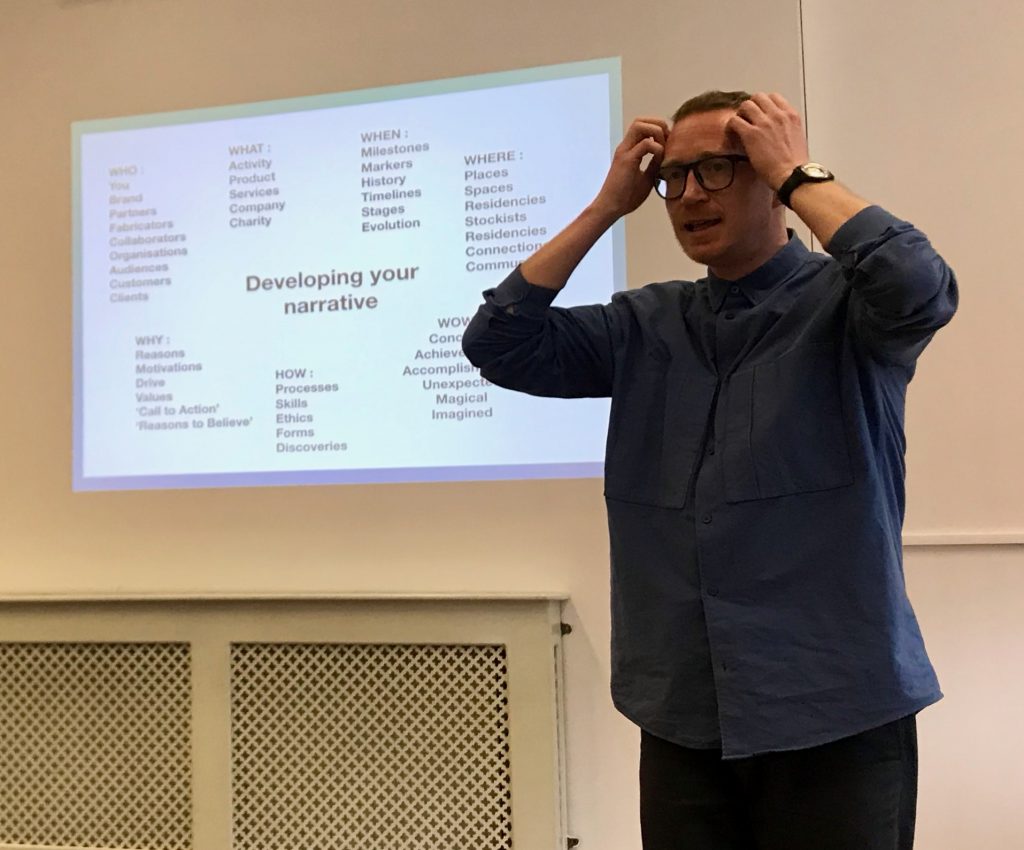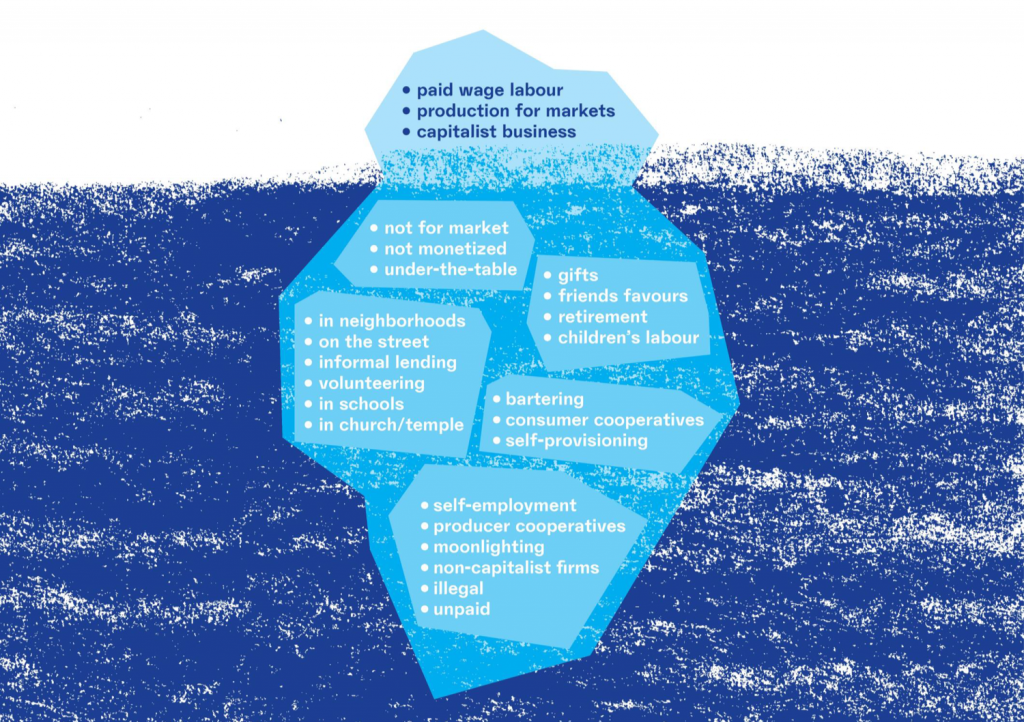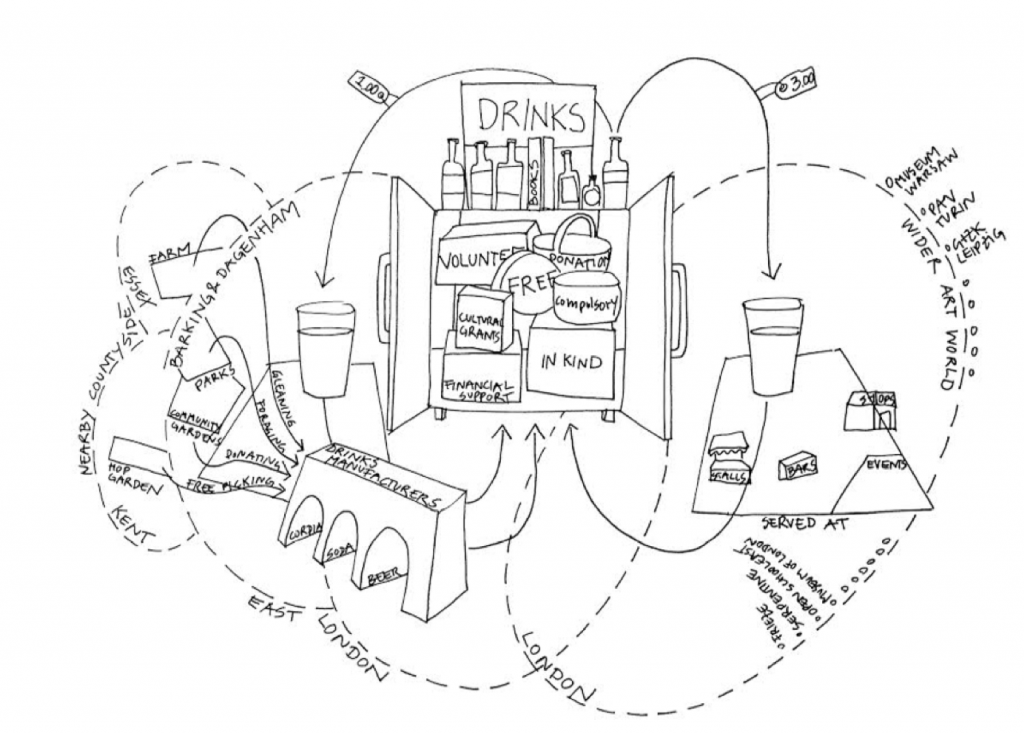Completion of an MA programme seems relatively trivial in the light of the pandemic crisis and its repercussions, but, in order to get the work done by the due date, I have to think through how I will adapt my project plan to these new circumstances.
The work in Singapore that I had scheduled for early March had to be cancelled (maybe to be rescheduled for September) and, in order to safeguard my mother, I had to cancel my trip to Falmouth to for the face to face event (workshops, portfolio reviews, conference). The following events and activities relating to my project have been cancelled:
- 25th March: Memory and Archiving Workshop (Everyone Everyday, Barking)
- 9th April: Trade School on Community Archiving (Participatory City Warehouse, Barking)
- 18th April: Open Table Exhibition (Everyone Everyday, Barking)
- 29th April. Presentation to the London Prosperity Board.
In addition, the weekly workshops and meetings with the Shed Life group and at Greatfields School (and the planned exhibition) have been postponed for the foreseeable future. It is unlikely that any of this work will take place before the submission date for the final project.
The cancellation of the two archiving workshops means that I will not have the opportunity to work further on the contents of the archive boxes with residents, and therefore will not be able to include resident material in the collections nor get further feedback from them on my own work. We have looked at and discussed my images at earlier workshops (likewise with the students at Greatfields and other project participants over the past two months), but I haven’t formally recorded this. The cancellation of the exhibitions means that I will not be able to present this work to a wider audience as planned, and get feedback from those events. The presentation to the the London Prosperity Board would have provided an opportunity to reflect on the project as a whole and reflect on the wider implications of this way of working, and in particular the contribution of the arts to multi-professional activity and interdisciplinary enquiry, with policy makers and practitioners. It is possible that this meeting will take place online, though this does not allow people the opportunity to handle the materials (the tactile and material aspects of the collections are important, for instance relating to the material used for the prints, and the handmade books) and take part in the planned activities.
I want to be able to complete the project and submit on time despite the extraordinary circumstances, and the increasing volume of other more pressing concerns as the pandemic develops and wider consequences are felt. That means adapting planned activities from this point onwards and rethinking what I submit as a final outcome. At this point, it looks something like this:
- For the final PDF, submit a selection of my own images from three series (one focusing on Barking town centre, one on the wharf area and one on Riverside), with short passages to contextualise the work.
- Compile the three collections for the archive boxes for each of the areas (my own images, including those in the pdf, handmade books, maps, documents, historical images) and make the boxes to house these.
- Edit and upload soundscapes from each area.
- Make and upload videos of the contents of each box.
- Pull together and represent public engagement (pop-up exhibitions, workshops and presentations) to date.
- Design and compile the draft PDF.
- Send out the PDF to a small group of people for comment (to meet the requirement for reflections on the work by other practitioners, which would have been met through the events that have been cancelled).
It will be a challenge to place this material in the context of the wider project. Longer term, I need to think about how to develop this work in a (hopefully) post-pandemic world. The materiality of what I am producing has been an important part of the work (having prints of different sizes and media to handle and discuss together, for instance, and the pop-up exhibitions). This does not translate directly to online environments, and workshops will be challenging if social distancing continues for an extended period of time.

